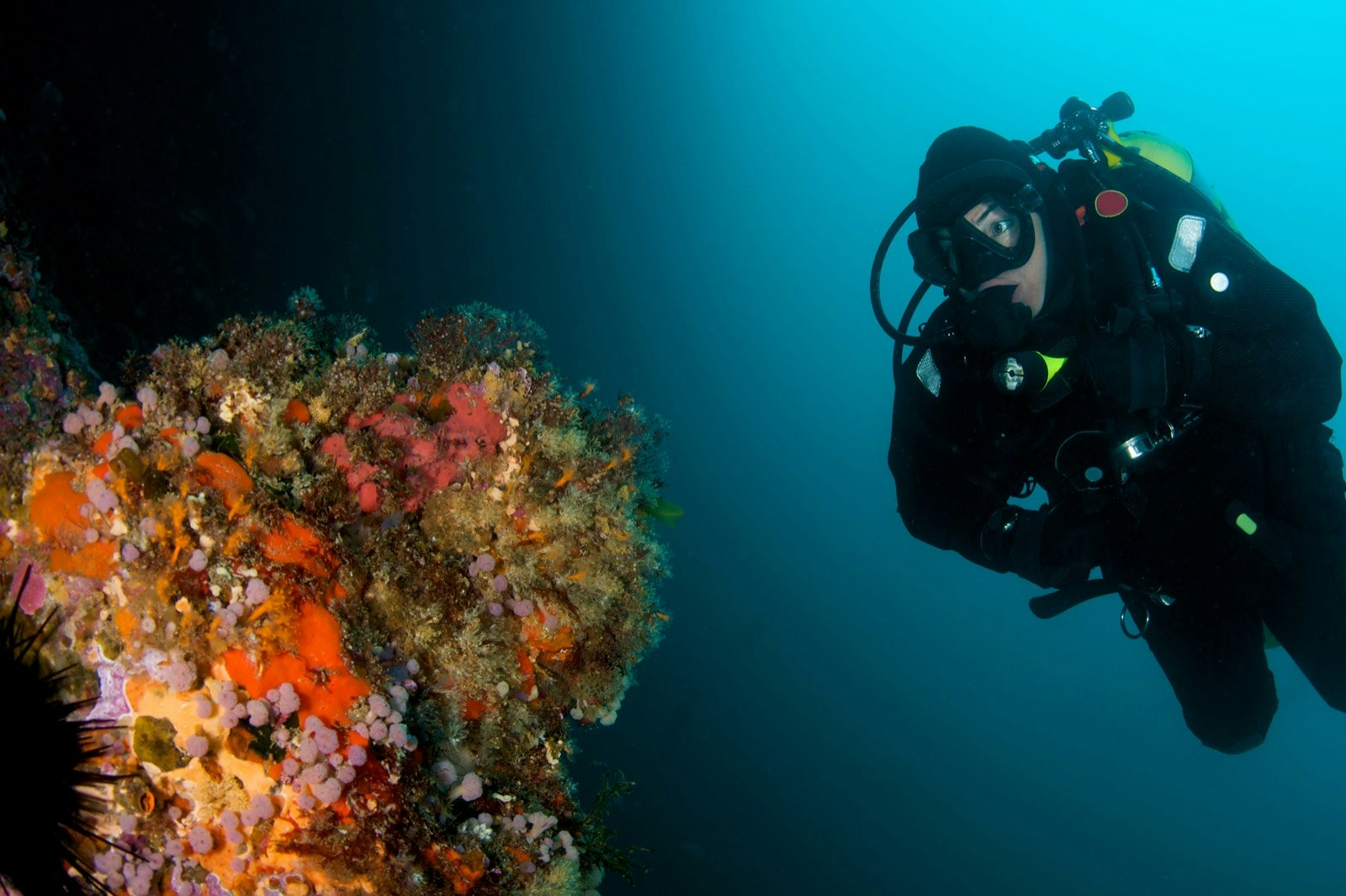
Nature, surf & culture: 7 things to do in New Zealand’s Northland

May 24, 2019 • 3 min read

In the Māori culture, this point of land where the Tasman Sea and Pacific Ocean meet is where souls leave the earth © Nazar Abbas Photography / Getty Images
New Zealand’s Northland means family fun in the sun, pohutukawa in bloom and dolphins frolicking in pretty bays. It is beaches without a scrap of development or crowding. It’s the spectacular remnants of the ancient kauri forests that once blanketed the top of the country. And it’s a place where history hangs heavily, the site of the earliest settlements of both Māori and Europeans. Northland is unquestionably the birthplace of the nation – here’s seven of our favorite sights and activities.

End of the road at Cape Reinga
Where the waters of the Tasman Sea and Pacific Ocean meet at Cape Reinga, waves break up to 10m high in stormy weather. This dramatic headland is the end of the road both literally and figuratively: It’s where State Hwy 1 terminates but it’s also where, in Māori tradition, the spirits of the dead depart the world – making it the most sacred site in all of Aotearoa (the Māori name for New Zealand).

Sand and surf at Ninety Mile Beach
If Cape Reinga is the jumping-off point for souls, that makes the Aupouri Peninsula a giant diving board. On its west coast, Ninety Mile Beach is a continuous stretch lined with high sand dunes. The spunky beach town of Ahipara marks the end of the beach, where the locals keep things real, rubbing shoulders with visiting surfers, sandboarders and quad-bike riders.

Water and history at the Bay of Islands
The Bay of Islands is one of New Zealand’s top summertime destinations, and its turquoise waters and 150 undeveloped islands are huge tourist draws. Yachting, big-game fishing, kayaking, diving or cruising around in the company of whales and dolphins is the main attraction, but it’s also a place of enormous historical significance … read on.

Race relations at Waitangi Treaty Grounds
It was here on the Bay of Islands in 1840 the first 43 Māori chiefs signed a contested sovereignty pact with the British Crown. Today the grounds are a warts-and-all memorial to both Māori and Colonial culture and history. Admission includes a guided tour, a cultural performance, and entry to the Museum of Waitangi, the Whare Rūnanga (carved meeting house) and the Treaty House.

Ecological giants at Waipoua Forest
This superb forest sanctuary is the largest remnant of the nation’s once-extensive kauri forests. A kauri – which can reach 60m in height and have a trunk more than 5m in diameter – are an awe-inspiring sight and one of the nation’s treasures. Te Roroa, the local iwi (tribe), controls the forest as part of the Treaty of Waitangi, and now runs the visitor centre, cafe and campground.

A diver’s delight at Poor Knights Islands
Colourful underwater scenery combines with two decommissioned navy ships to provide a perfect playground for divers at Poor Knights Islands. A subtropical current from the Coral Sea brings unique varieties of tropical and subtropical fish, and make it one of the best dive sites in the world. The waters are clear, and underwater cliffs drop steeply to the sandy bottom, making a labyrinth of archways, caves, tunnels and fissures. Schooling fish, eels and rays are common (including manta rays in season).

Catching a wave at Mangawhai Heads
The surf beach at the northern head of Mangawhai’s large estuary is a real gem, and the large beach-side car park fills up quickly in peak surfing season. The village is a quintessential laid-back New Zealand beach town. For another natural excursion, there’s a seabird sanctuary a short kayak across the estuary, just take care to avoid endangered dotterels and fairy terns nesting.












![Manukau Heads Lighthouse, Auckland, New Zealand [closeup view] License Type: media Download Time: 2022-02-25T15:39:58.000Z User: bhealy950 Is Editorial: No purchase_order:](https://lp-cms-production.imgix.net/2025-10/Shutterstock1352692988.jpg?auto=format,compress&q=72&fit=crop&w=360&ar=1:1)


